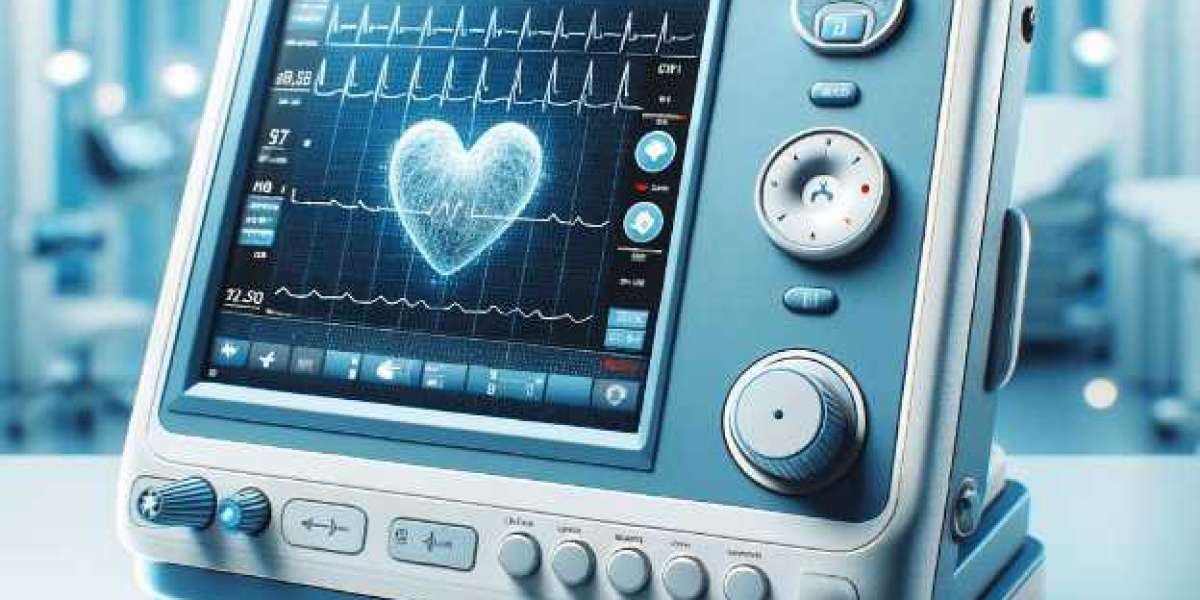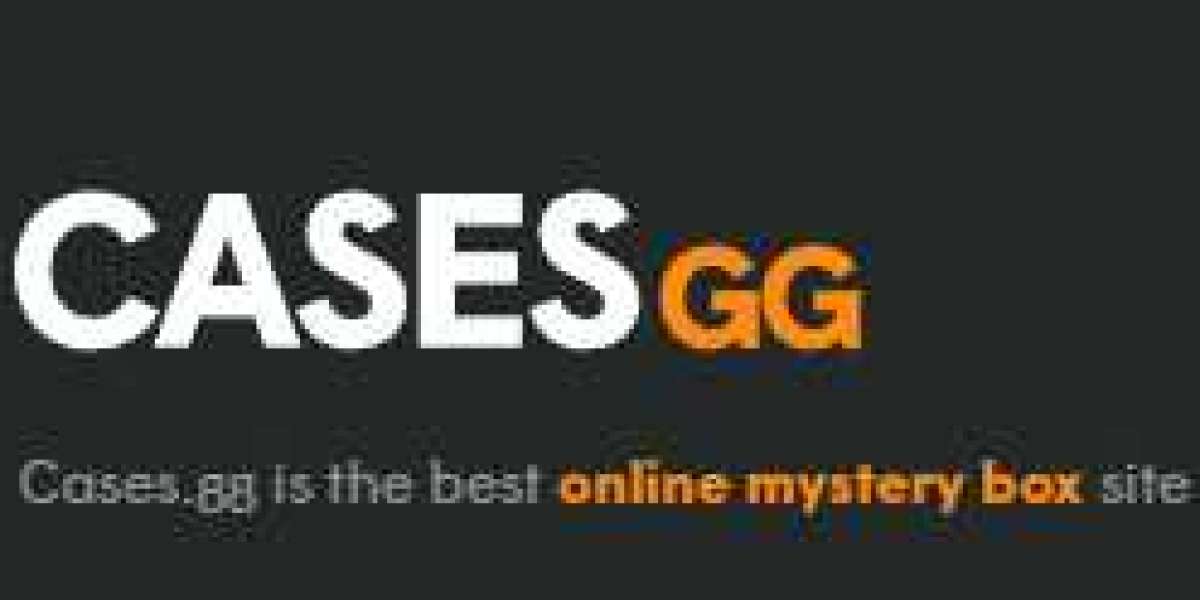Introduction to ISO 13485 Audit
ISO 13485 is an international standard for quality management systems (QMS) specific to medical devices. It ensures compliance with regulatory requirements, risk management, and consistent product quality. An ISO 13485 audit evaluates an organization’s adherence to these requirements, and a structured audit checklist helps assess compliance effectively.
Document Control and Record Management
Proper documentation is essential for ISO 13485 compliance. Auditors check whether organizations maintain controlled documents, including standard operating procedures (SOPs), work instructions, and policies. They also verify record retention policies, change management procedures, and accessibility of documents to authorized personnel.
Management Responsibility and Commitment
Auditors evaluate top management's involvement in maintaining the QMS. This includes reviewing the organization's quality policy, objectives, and management reviews. They also check for evidence of leadership in ensuring compliance, employee training programs, and continuous improvement initiatives.
Risk Management and Product Safety
ISO 13485 audit checklist emphasizes risk-based thinking in medical device manufacturing. Auditors assess risk management procedures, including the application of ISO 14971, to ensure potential hazards are identified, evaluated, and mitigated. The audit also examines how risk assessment is integrated into product design, production, and post-market surveillance.
Training and Competence of Personnel
A well-trained workforce is crucial for compliance. The audit checklist includes verifying employee qualifications, training records, and competency assessments. Auditors ensure that personnel handling medical devices understand their roles and responsibilities, including quality and regulatory requirements.
Design and Development Controls
For companies involved in product design, auditors examine design control procedures, including design inputs, outputs, verification, and validation processes. They check if design changes are reviewed, approved, and documented systematically to prevent product defects or regulatory non-compliance.
Supplier and Purchasing Controls
Organizations must ensure that suppliers and contractors comply with ISO 13485 standards. The audit checklist includes supplier evaluation procedures, qualification criteria, and monitoring methods. Auditors also review purchasing records, supplier agreements, and traceability measures for raw materials and components.
Production and Process Controls
Manufacturing processes must meet regulatory requirements and product specifications. Auditors assess process validation, equipment calibration, maintenance schedules, and control of non-conforming products. They also check for traceability and labeling requirements in compliance with medical device regulations.
Corrective and Preventive Actions (CAPA)
The CAPA system is a crucial part of ISO 13485 compliance. Auditors review how organizations identify non-conformities, investigate root causes, and implement corrective actions. They also check if preventive measures are effectively preventing recurrence and improving overall QMS performance.
Internal Audits and Continuous Improvement
Regular internal audits help maintain compliance and identify areas for improvement. Auditors check if organizations conduct scheduled audits, document findings, and implement corrective actions. The audit also reviews continuous improvement initiatives, feedback mechanisms, and performance monitoring metrics.
Conclusion
An ISO 13485 audit checklist ensures that all aspects of a medical device quality management system are assessed for compliance. By systematically evaluating documentation, risk management, training, and process controls, organizations can improve efficiency, maintain regulatory compliance, and enhance product quality.








